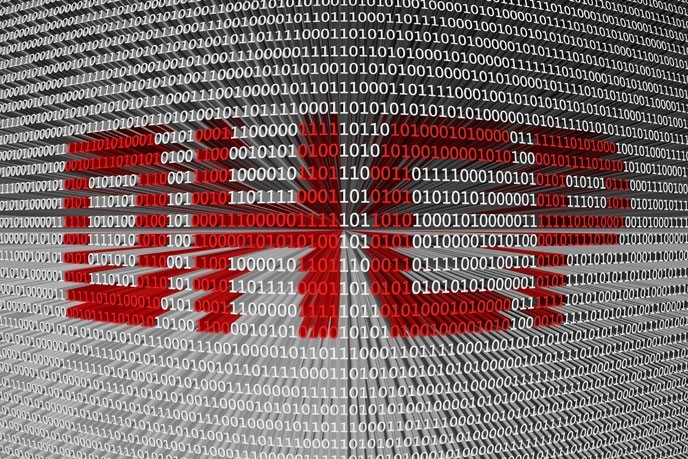What is DHCP? How Does a DHCP Server Work?
DHCP (Dynamic Host Configuration Protocol) is a protocol used to automatically assign IP address, netmask, gateway and DNS address to your devices such as computers, tablets, smartphones or IOTs in your network.

Devices on a network need some technical requirements as follows in order to connect to your network and communicate with other devices or connect to the internet.
- IP Address
- Network Temporary
- Subnet Mask
- DNS Address
- WINS Server Address….
You can think of the IP addresses assigned to the devices in our network as our TC ID number. Everyone living in Turkey has a unique TC identity number, and when a device is included in a network, a unique IP address is defined, such as a TC identification number, that identifies the device and enables communication. This ip address is assigned to that device until the network connection is lost and is not assigned to any other device. If the network connection is lost, the IP address will revert to the DHCP pool and remain idle until another device joins your network.
DHCP is the name of the protocol that automatically assigns the technical requirements we have mentioned above to the devices included in the network. Prior to the DHCP protocol, network administrators had to manually assign an ip address, gateway, and subnet mask for each device that would be included in their network. However, thanks to the DHCP protocol , the work of network administrators or IT specialists has become easier, and the management of networks consisting of thousands of devices has become much easier. Before the DHCP protocol, BOOTP (bootstrap protocol) was used, and DCHP and BOOTP protocol were developed to make the connection of network devices easier to use and with advanced features.
What is DHCP Server?
The system that enables the DHCP protocol, which provides requirements such as IP address and gateway to network devices, to perform this process automatically is called DHCP Server .
DHCP servers are available in many devices and operating systems such as firewall devices, XDSL modems, Smart Switches, Windows or Linux Server operating systems.
How DCHP Server Works
After the defined requirements, a unique ip address is assigned for each device that joins your DCHP server network. After this ip address assignment, the device in your network can communicate with other devices or connect to the internet.
A device included in your network first receives the request message sent by the DHCP server. These request messages are continuously transmitted by the DHCP server by Broadcasting to the entire network. The device that receives the message transmitted by the DHCP server must obtain an IP address from the DHCP pool in order to be included in the network. This ip address is forwarded to the client by the DHCP server.
The client that accepts the offer (the device that wants to join the network) sends the request message to the DHCP server and accepts the ip address. Then the client device will be included in your network with the ip address forwarded by the DHCP server.
Tasks of DHCP Protocol
Although DHCP is generally known as getting a dynamic IP address on the network to which the devices are connected, it has a much more advanced configuration structure. Thanks to DHCP, your clients can obtain an IP address as well as using connection protocols and applications such as Proxy server settings or Gateway, if any. In this way, a proper network management will be provided and many problems such as IP conflict problems on the network will be overcome. Another technical feature transmitted by DHCP servers is the default gateways, which we call Default Gateways. In this way, client computers also learn from which device they can connect to the Internet or communicate.In this way, you can facilitate management by routing the departments within your organization to different gateways by providing isolation. With the DHCP server, you automatically manage or direct your client devices without making any settings.